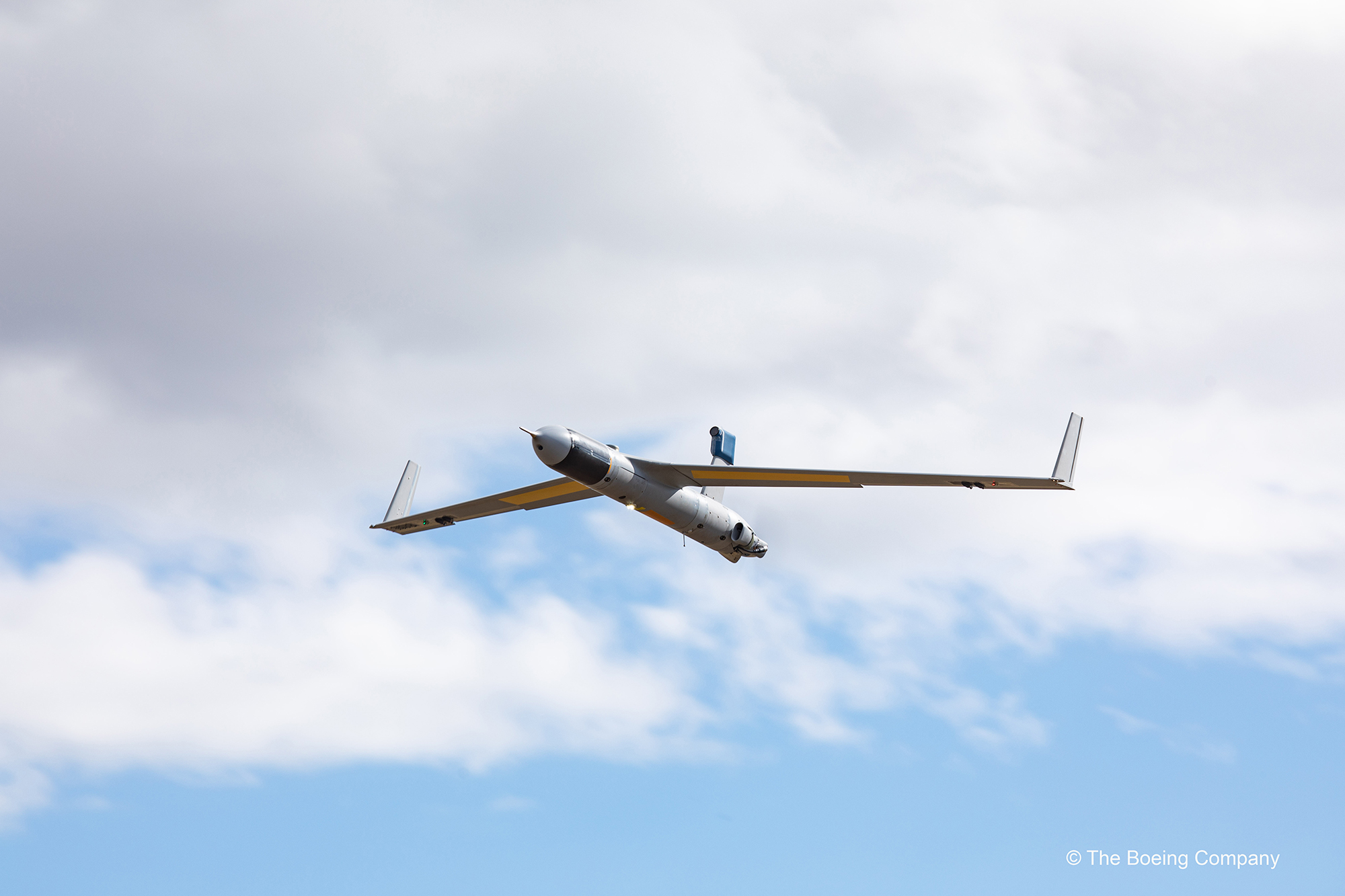QUT researchers have used a complex maths model to develop an algorithm that enables unmanned aerial vehicles (UAVs) to replicate a human pilot's ability to visually detect aircraft at a range of more than 2km.
Professor Jason Ford, who was awarded the inaugural Australian Defence Industry Award of Academic of the Year in 2019, said developing the visual detection system had tackled the key barrier to fully achieving the global commercial market of unmanned aerial vehicles.
"We've been working on this problem for 10 years and over that time 50 people or more have been involved in this project," Professor Ford said.
"We are leading the world in solving the extremely challenging problem of replicating the role of a pilot's eye.
"Imagine you're observing something from a cockpit and it's hidden against the clouds. If you watch it over a period of time, you build up confidence something is there.
"The algorithm does the same."

The advisory for human pilots is that they will need at least 11.4 seconds to commence an avoidance manoeuvre once they visually detect another plane or other aerial vehicle.
In the past decade, the system has evolved through a range of testing including on aircraft and on UAVs.
The QUT researchers developed the algorithm based on a mathematical model called the Hidden Markov Model (HMM).
HMMs were developed in the 1960s and allow people to predict unknown, or hidden, variables from observed information.
Professor Ford, who is a QUT Centre for Robotics chief investigator, said although most people outside of the maths community would not have heard of HMMs, they would have benefited from its many applications in economics, neuro-biology and telecommunication and examples as broad as in DNA sequencing to speech recognition systems used by smart phone digital assistants.
The algorithm used in the UAV object detection system was developed by Professor Ford and colleagues Dr Tim Molloy and Dr Jasmin Martin.
"The algorithm boosts the weak visual signal while reducing the surround signal noise," Professor Ford said.
Professor Ford said one of the major challenges in developing the sense-and-avoid system for unmanned aerial aircraft was to make it small enough to be able to be carried on a UAV.
The breakthrough is the latest step after a series of related research projects in the past decade, including the Smart Skies Project and Project ResQu in collaboration with Boeing Australia and Insitu Pacific.
Testing commenced in 2010 with flights to collect data to start working on the project, and in early 2014 a breakthrough proof-of-concept flight proved a system in a UAV was able to detect another aircraft using vision while in flight.
Brendan Williams, Associate Technical Fellow, Airspace Integration for The Boeing Company, said: "Boeing and Insitu Pacific have valued the ongoing collaboration with QUT and Professor Ford's team.
"The algorithm has been evaluated and matured in regular flight tests, with strong positive results, and we are looking to transitioning its use as a baseline technology in regular Beyond Visual Line of Sight operations."
Since then, the research has focussed on improving the performance, size and cost of the technology to improve the commercial feasibility of the system.
Professor Ford said the ultimate aim of this research was to enable UAVs to be more easily used in general airspace for commercial applications.






